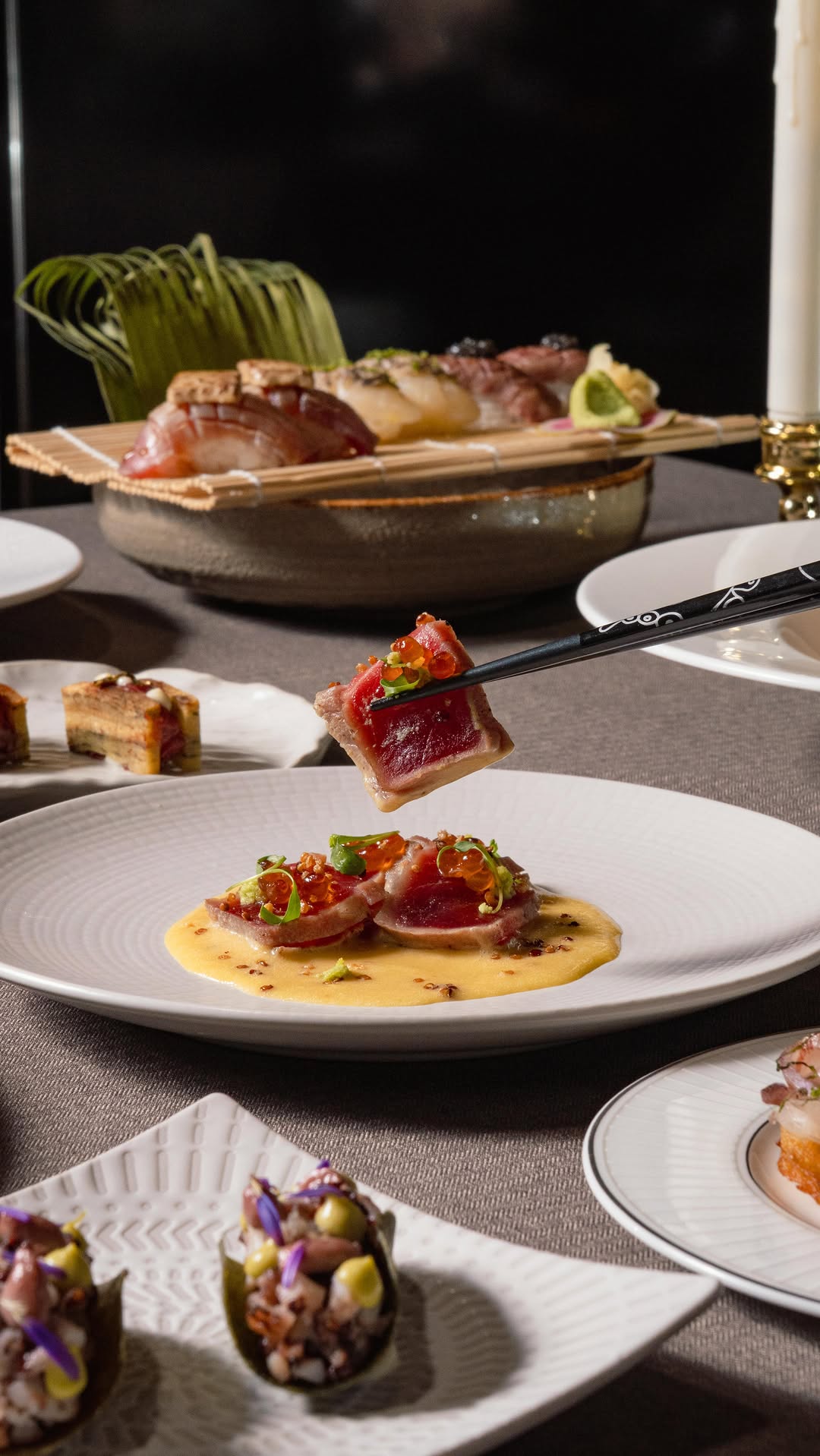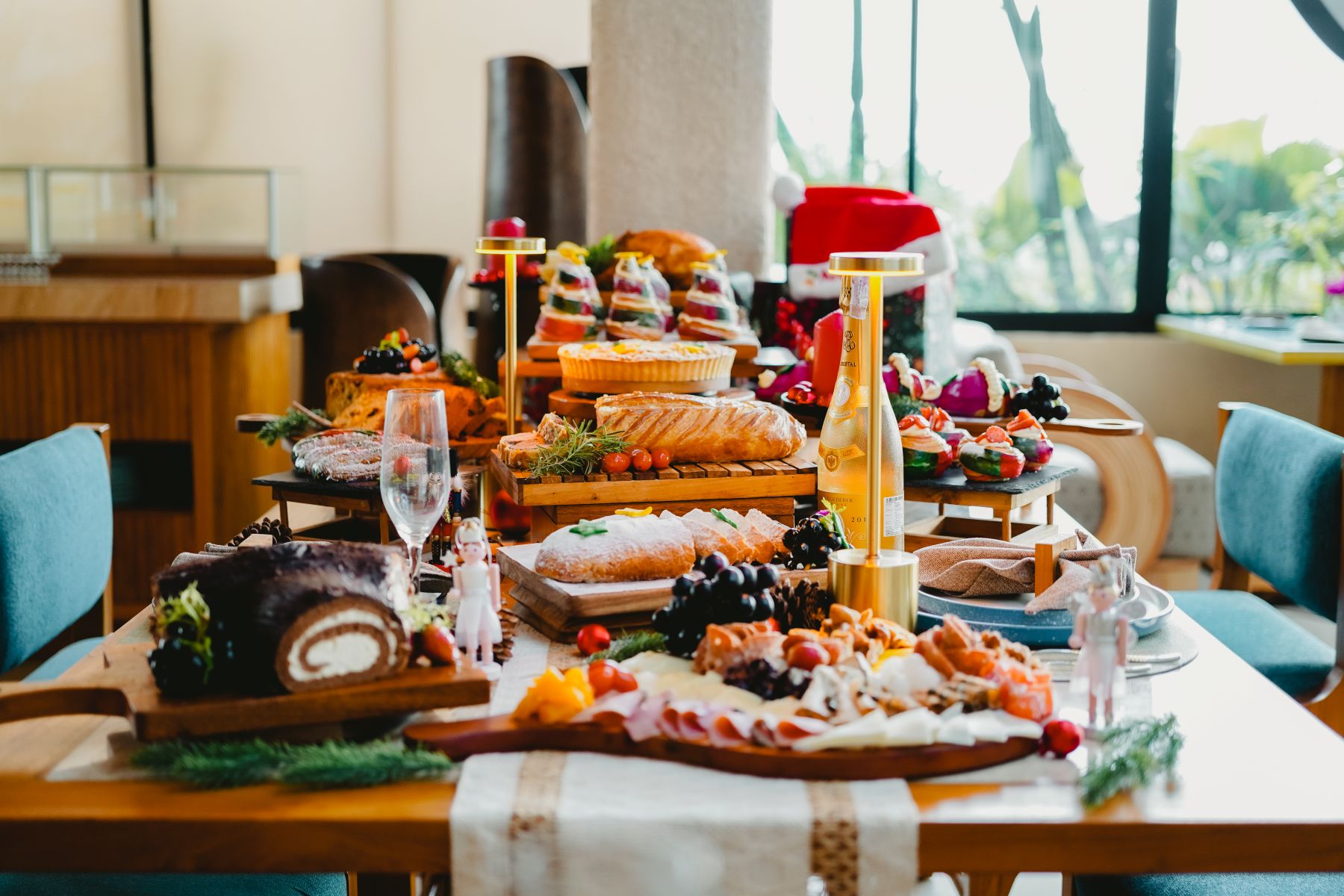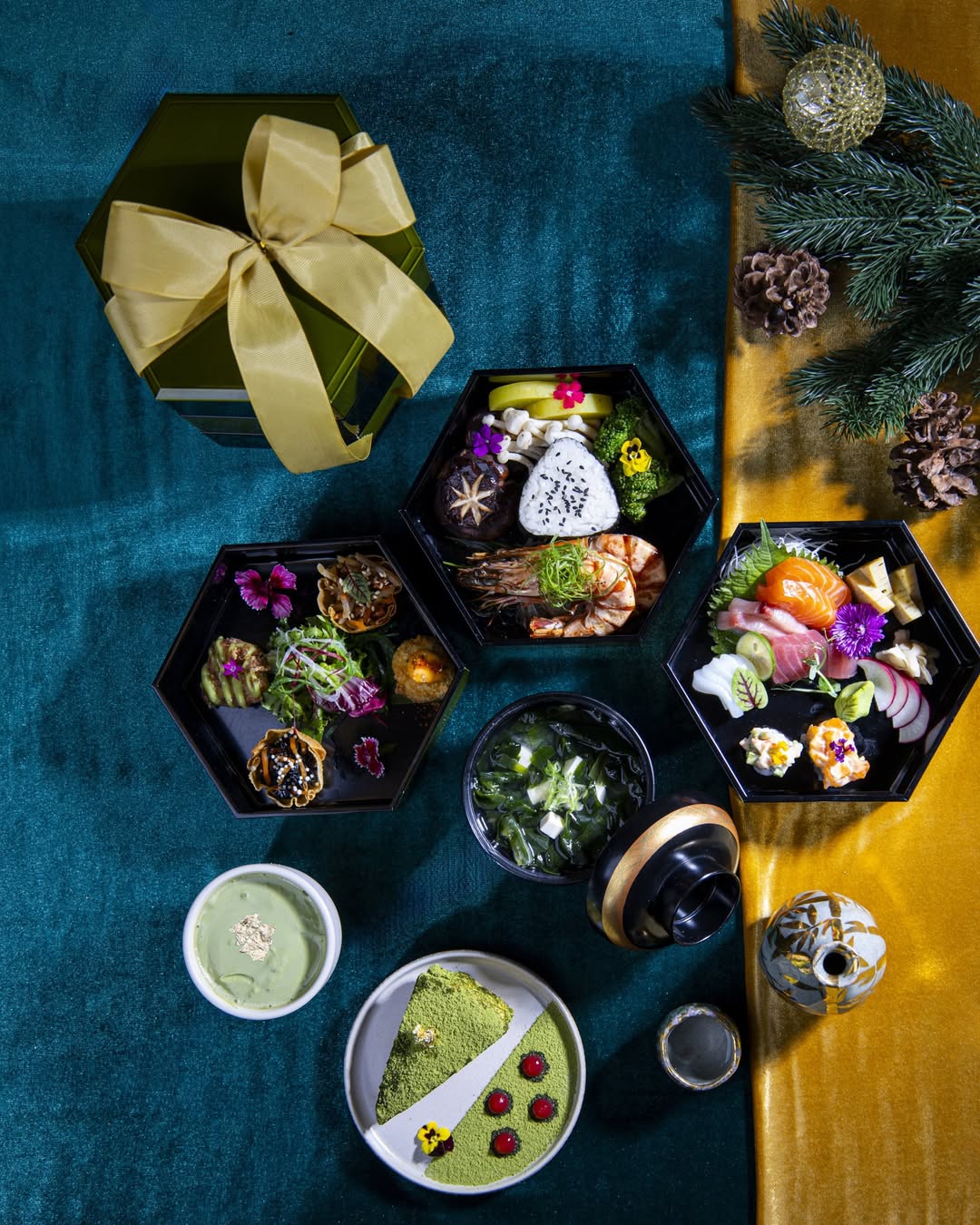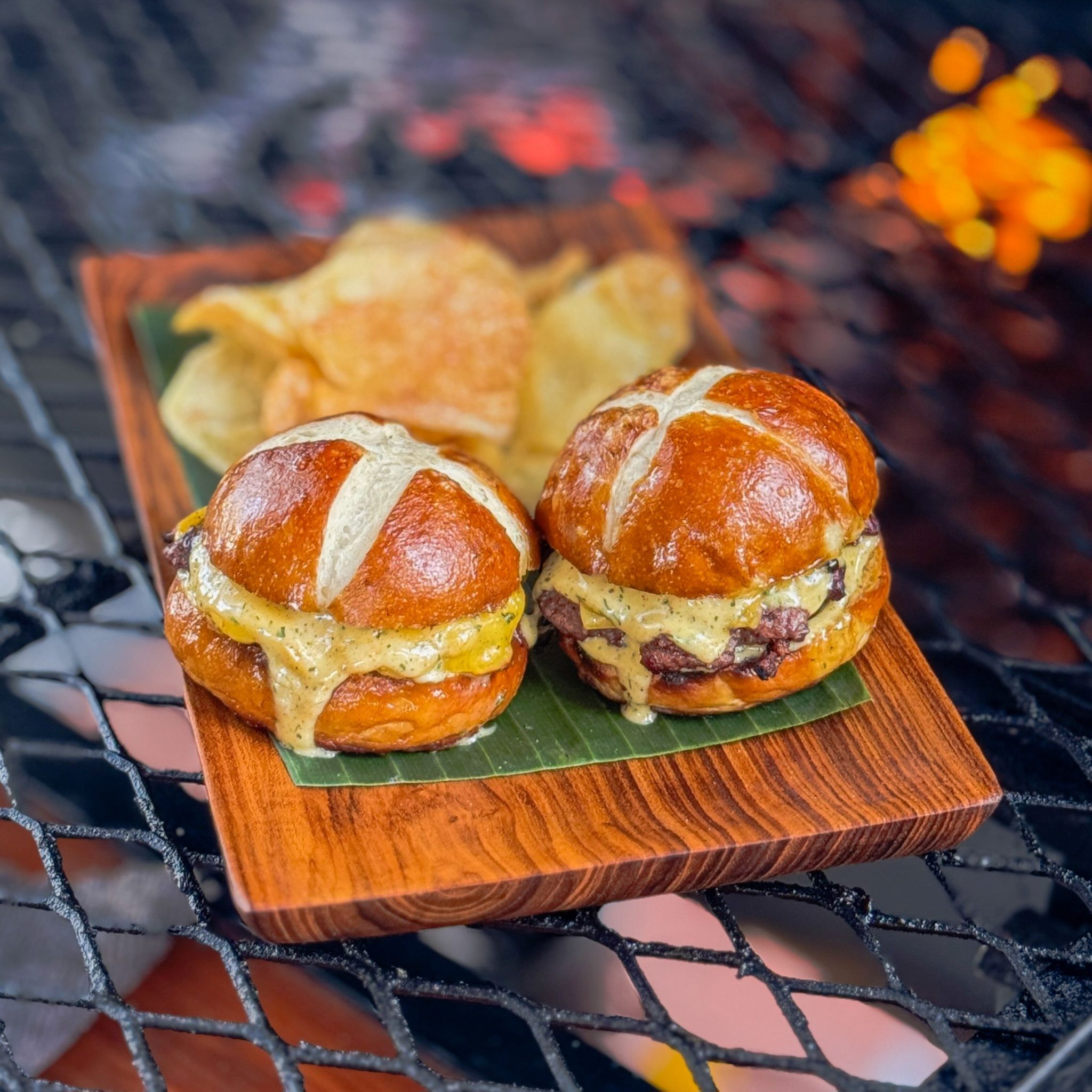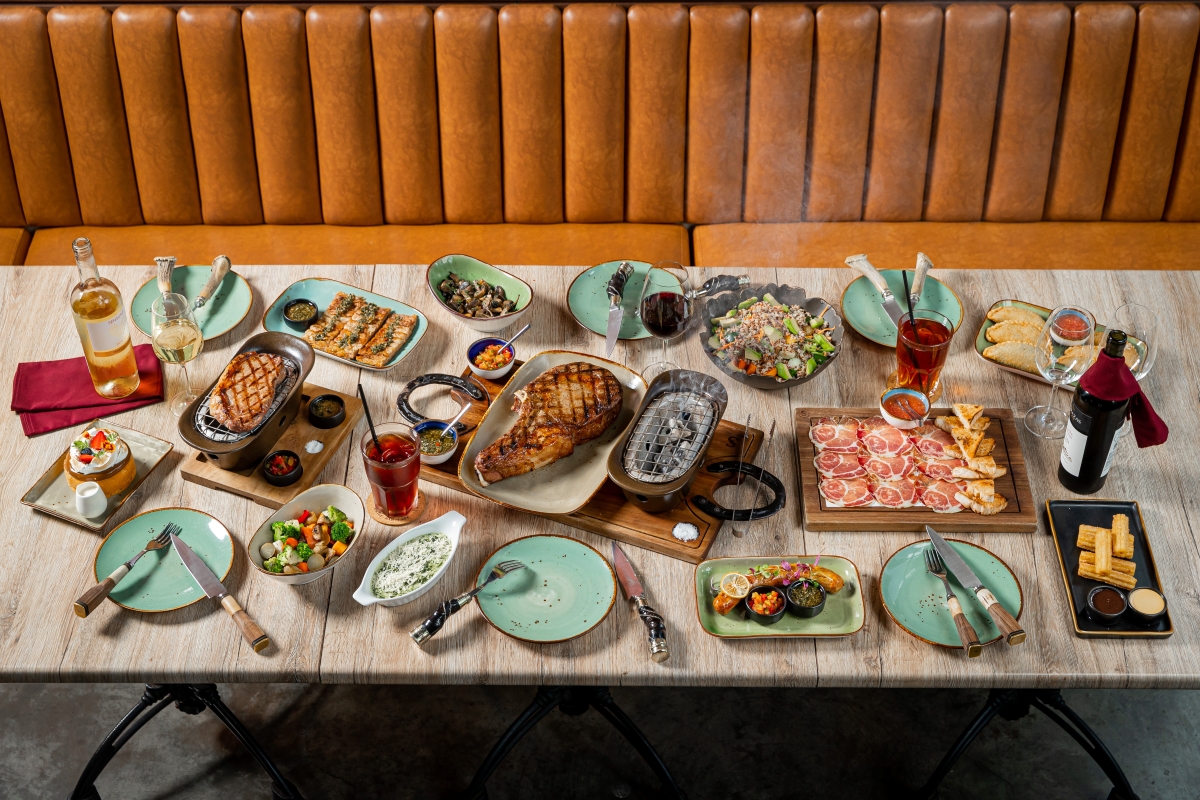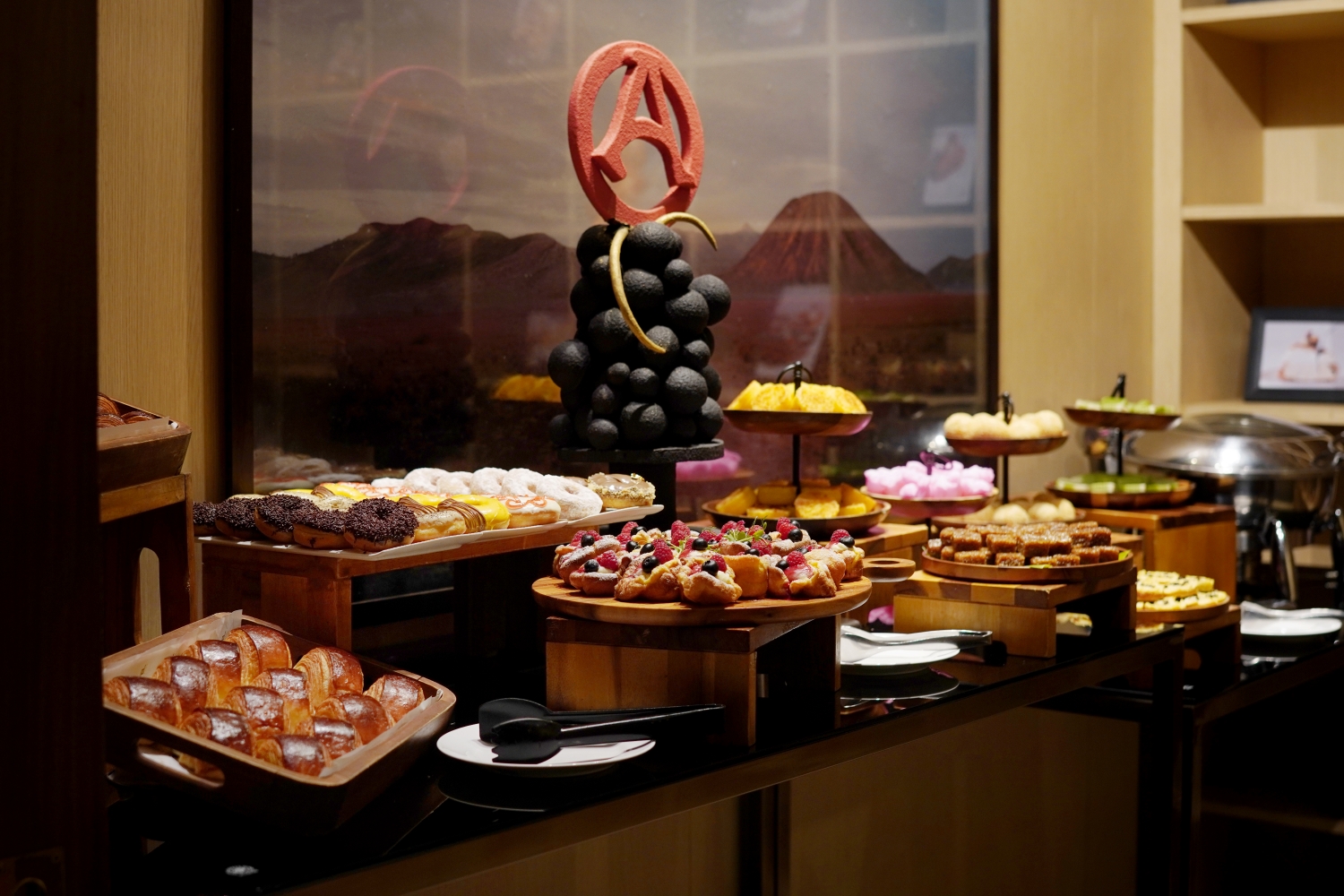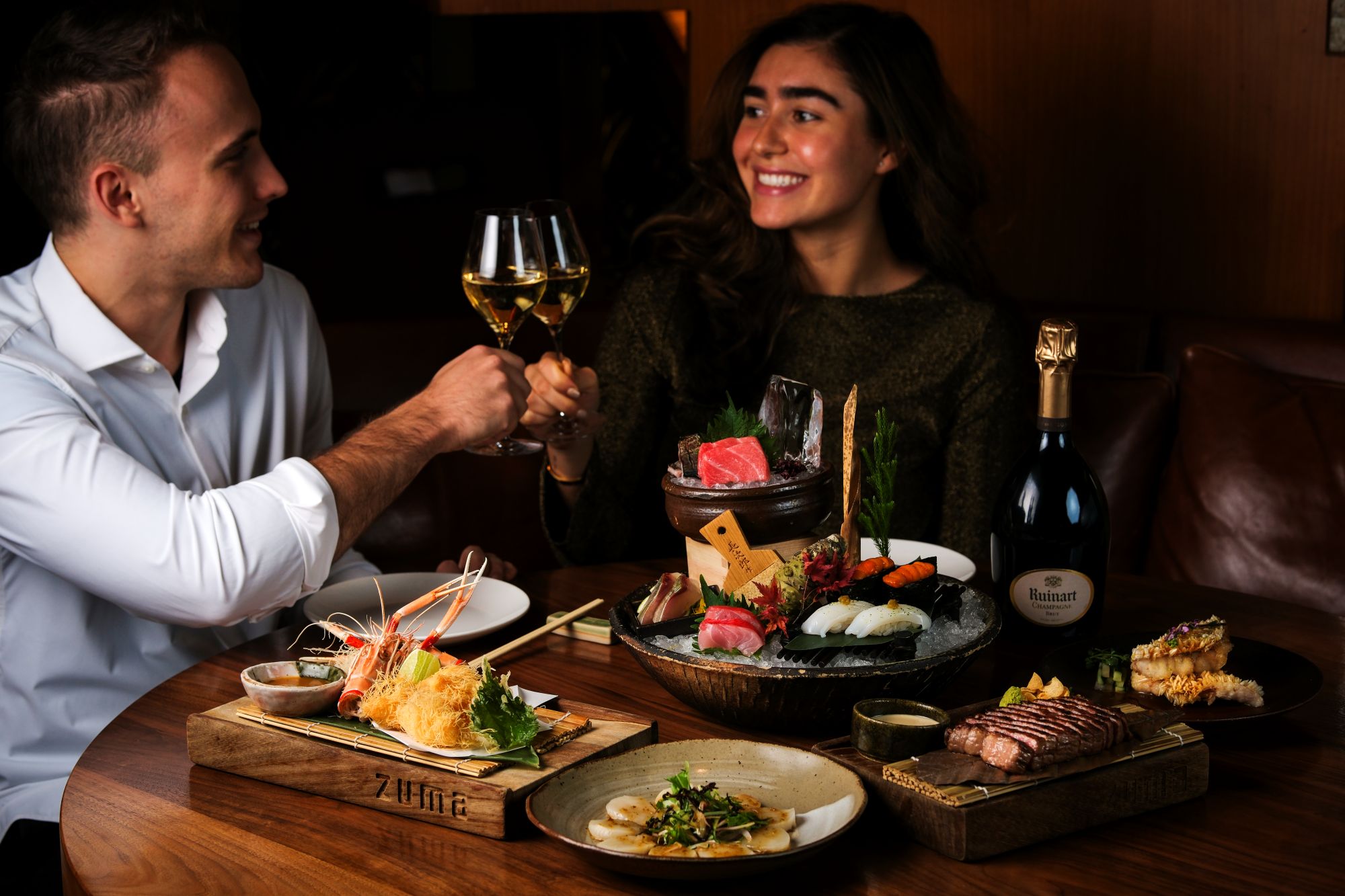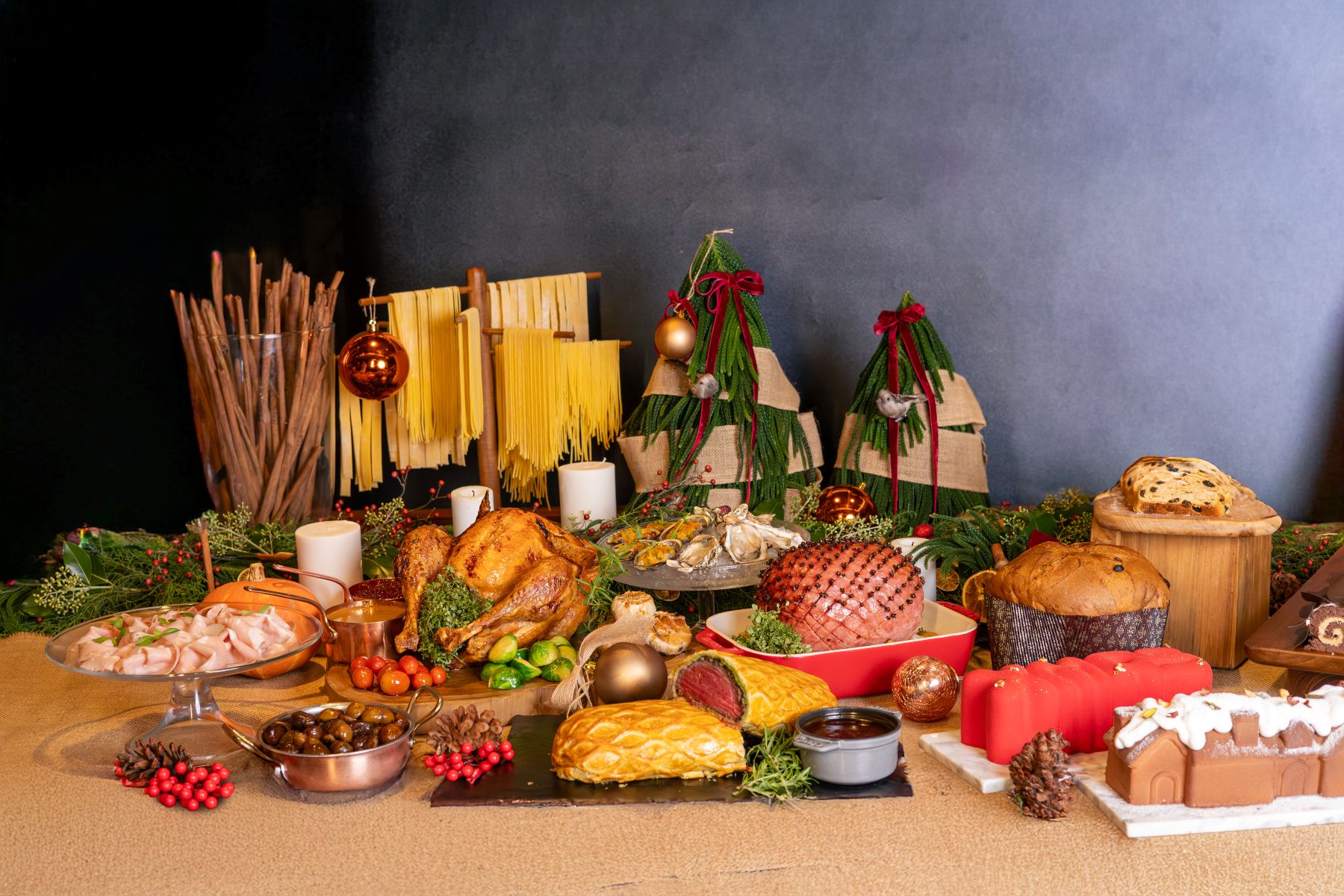Ready to celebrate New Year’s Eve? Some people make preparing for the new year a big deal. From outfits to foods, some would go to great lengths to make New Year’s Eve a perfect night and a night to remember. Ending the year happy and excited for a new one! When it comes to New Year’s food, it relates to the tradition, depending on the country and culture. Some of the most interesting New Year’s food traditions come from Asia. Foodies, have you heard about them?
A country’s culture plays a big part in how the nation engages with global traditions like New Year’s Eve. A culture can encompass a handful of things, including its unique foods. Some people may know Indonesia as a country with many delectable foods like Rendang. But for New Year’s Eve, Indonesians opt for something different. Besides Indonesia, a few Asian countries also carry out those food traditions. Personally, I don’t have a New Year’s favorite food and would just go out to eat what my companies and I feel like eating. Curious enough?
Asia's New Year's Food Traditions
China
As one of the largest countries in the world, China makes sure that its numerous cultures are for everyone to know, one of which is the Lunar New Year. While the typical New Year isn’t as significant as the Lunar New Year, some do celebrate it yearly. Some of the Chinese would go out to eat in a restaurant. One food that is always present for New Year’s Eve is fish because the word fish in Chinese also means abundance. Therefore, it symbolizes prosperity for the coming year. The two most-used fish for the occasion are carp and perch, prepared as a whole and steamed.
India
India boasts a rich and diverse culinary landscape, celebrated for its abundance of flavors and gastronomic treasures. The Indian foods are unique, and so are its traditions. One of the traditions in the land of spirituality is eating lentils on New Year’s Eve. Like Italy, this is a lifelong tradition, especially in South India. The Indians usually eat lentils with rice or flatbread. Lentils, shaped like a coin, symbolize money to the Indians. Therefore, people believe consuming lentils on New Year’s Eve will bring luck and financial support in the new year.
Indonesia
Indonesians like their New Year’s food a little roasty and toasty. Salty, sweet, spicy, and a little smoky are the flavors many prefer to feast on New Year’s Eve. Two of the most common things to have on the barbecue are skewers and roasted corn. The people also have beef, lamb, fish, and prawn for skewers. Some even have grilled sausages and roasted veggies. The barbecue night on New Year’s Eve is a cherished routine, not only for the delicious flavors it brings but also for the joyous togetherness and celebration shared with loved ones by Indonesians.
Japan
Besides sushi, Japan is a country that’s famous for its noodles. The land of the rising sun carries out its noodle popularity not just with ramen but also with its soba, a thin Japanese noodle made from buckwheat. On New Year’s Eve, the Japanese would devour the Toshikoshi Soba. Toshikoshi means year-crossing in Japanese, so you don’t need to wonder why this is a New Year’s Eve dish. Sometimes topped with tempura, Toshikoshi Soba is Japan’s tradition. The noodle symbolizes long life, and its easy-to-cut texture symbolizes breaking the past year and starting new.
South Korea
Like its neighboring country, China, South Korea also celebrates the Lunar New Year. While the Lunar New Year is a more monumental celebration than the typical New Year, South Koreans welcome the new year with one simple Korean dish, Tteokguk. The delicacy, usually consumed on the New Year’s Eve, is a thin, sticky, long roll but small-sliced Korean rice cake served as a traditional soup. The people traditionally eat this dish on both New Year’s Eve and Lunar New Year. Tteokguk symbolizes longevity as it is long, and happiness that will stick in the new year as it is sticky.

